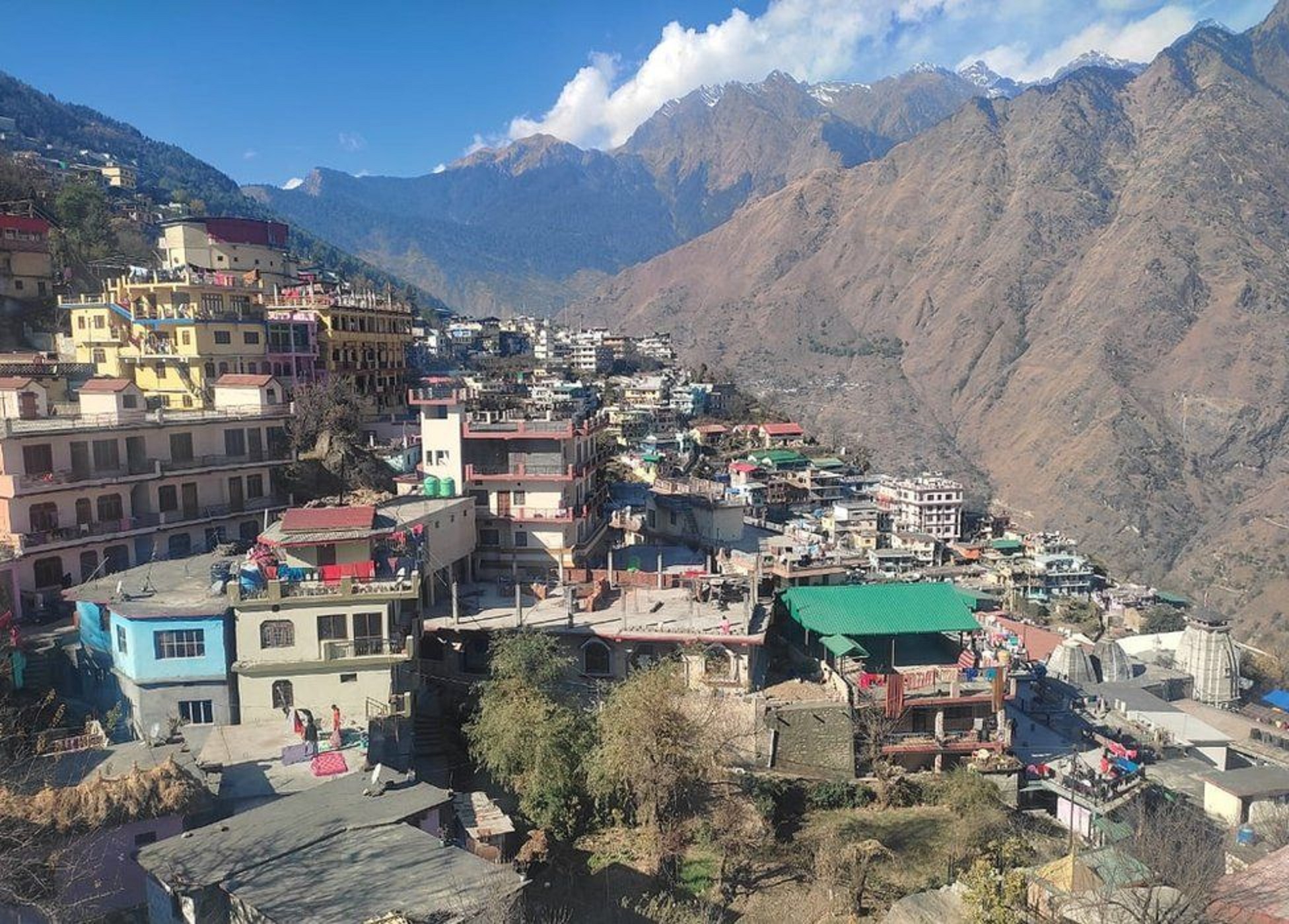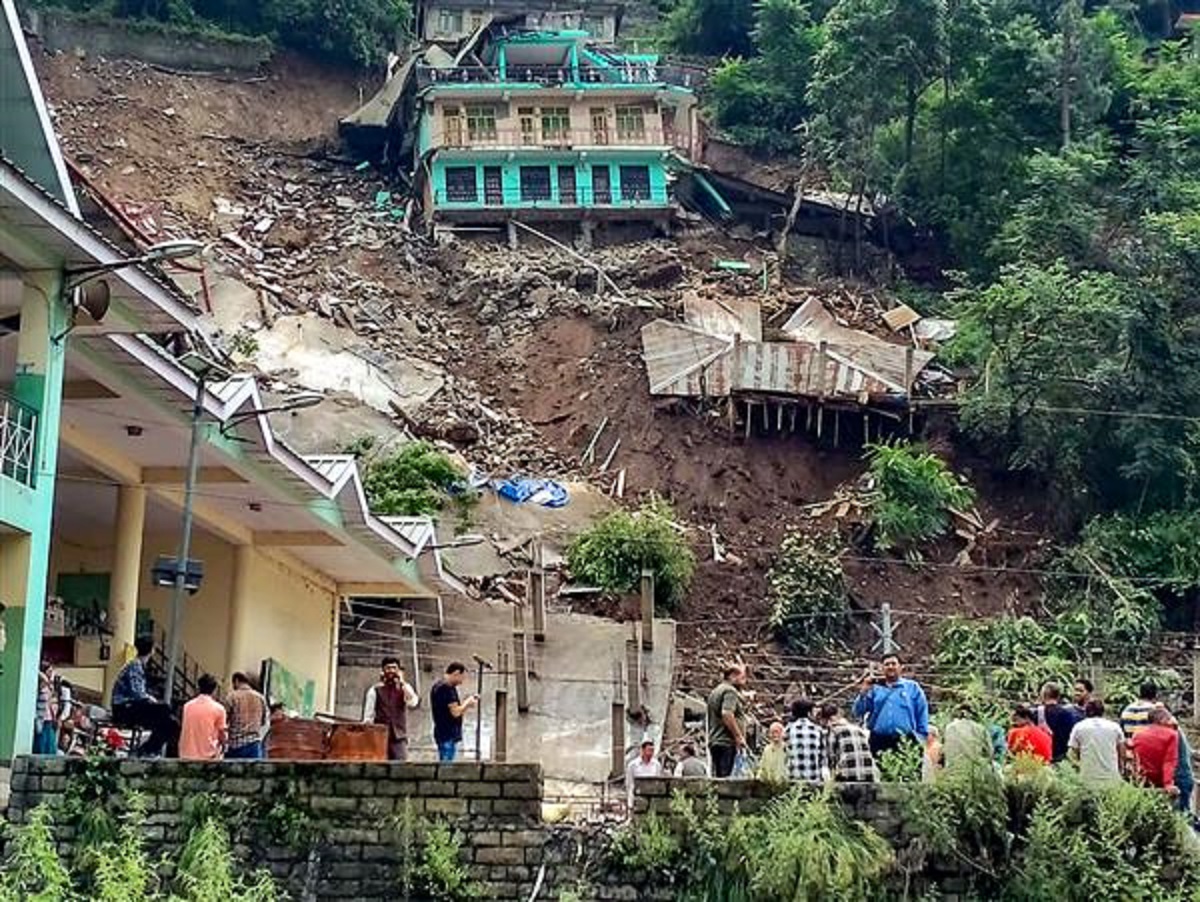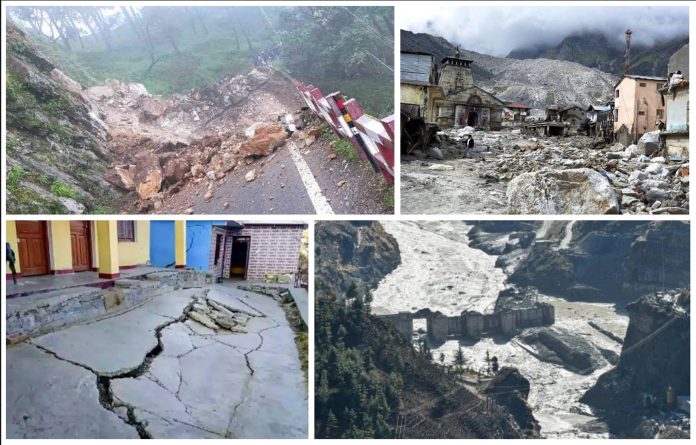- As you are aware, environmental degradation around the world is a real concern even though the administrative authorities must attempt to provision basic amenities commensurate with the growing population. The modern-day necessities have already placed tremendous pressure on the frugal natural resources that not only must be retained for future generations but also ensure minimal usage without resorting to excesses. We know how environmental degradation has led to disastrous and often erratic weather patterns resulting in loss of lives and properties. Despite efforts to safeguard against further deterioration of the harmful usage of greenhouse emissions, hardly any notable actions are implemented on the ground for a safer environment.

PC: ATUL SATI
- Another extremely dangerous activity undertaken under the guise of extending infrastructural amenities is the way the fragile Himalayan mountains and hills are being used for provisioning the necessities. We know how the Himalayan town of Joshimath in Uttarakhand was in the news recently. Now, the National Disaster Management Authority (NDMA) has formally confirmed what residents of Joshimath and geologists have been saying for a long time. The town’s carrying capacity has long crossed acceptable limits. Consequently, there shouldn’t be new constructions there. Unfortunately, even this confirmation wasn’t shared with people by the Uttarakhand government. This was submitted to the Uttarakhand HC in a sealed envelope.
- As is its wont, the HC bench questioned the need for secrecy. NDMA’s post-disaster report needs to be read alongside other developments that indicate we are at a crossroads when it comes to development in Himalayan states. Joshimath’s problem with land subsidence brought the development strategy into focus. Of course, given the importance of tourism and the attendant need for supporting infrastructure, reducing the issue of development versus environment is a false argument. Rather, it needs to be framed as a question of the carrying capacity of each Himalayan state given the risks involved. That’s precisely what GOI did earlier in the month in response to a PIL in the SC when it proposed Himalayan hill states assess the carrying capacity.

PC: PTI
- Note that Joshimath’s trajectory encapsulates the challenges involved. As reported, almost 50 years ago, a committee under the then commissioner of Garhwal studied the issue of land subsidence and said the construction activity be linked to the soil’s load-bearing capacity. In addition to local geological characteristics, there are also macro risks in the Himalayan region. Northern districts of Garhwal, for instance, are categorized as zone V for seismic activity, indicating the highest level of seismic activity. Moreover, they are marked as areas where there’s a high incidence of landslides on the state disaster management authority’s map. The combination of factors should make governments re-visit the risk assessment of infrastructure projects forthwith.






